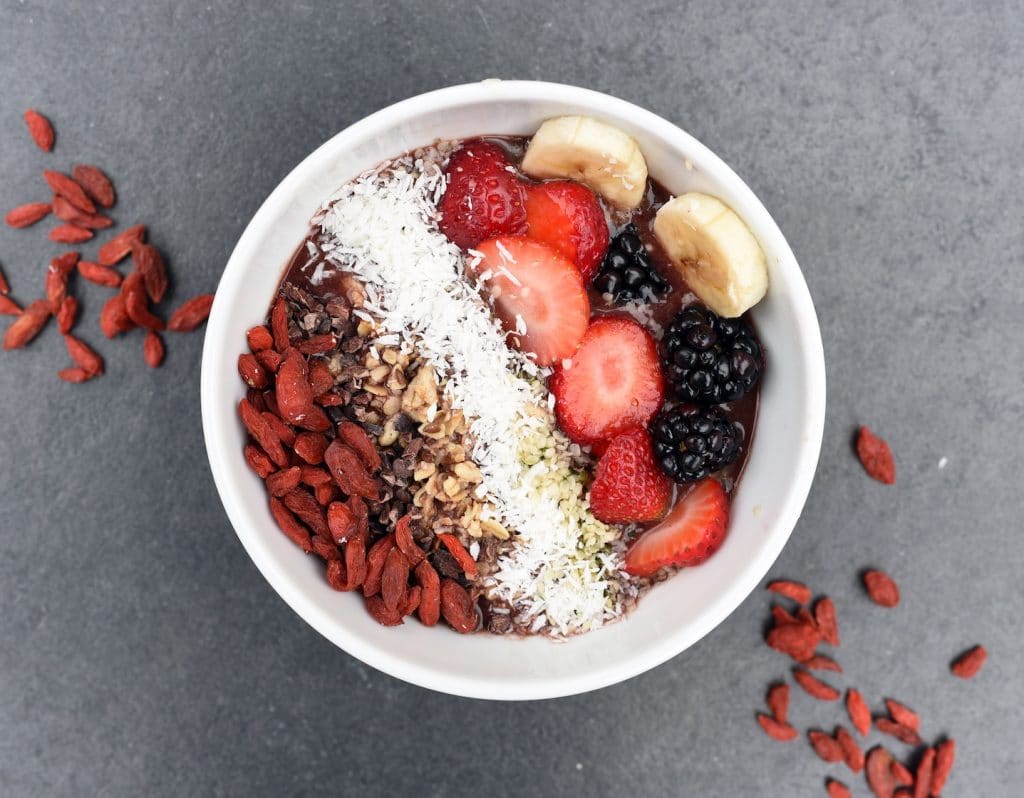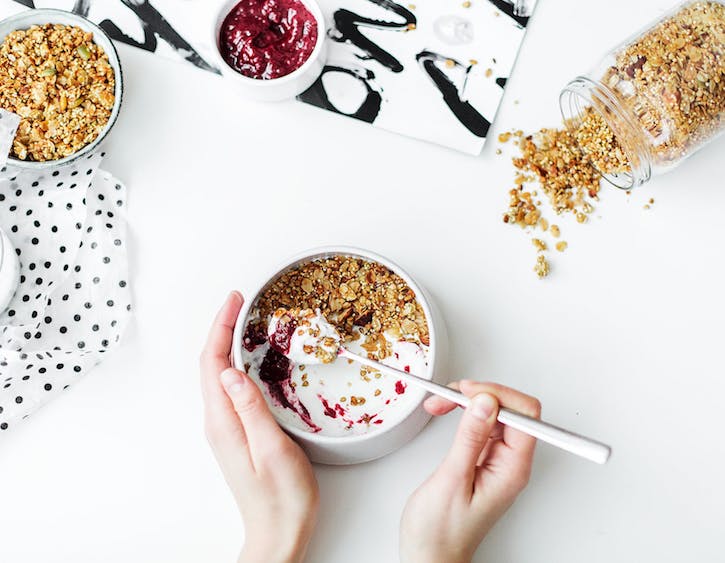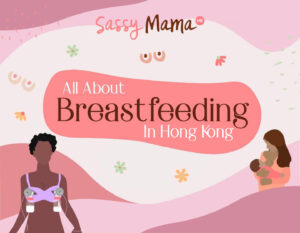

Tips & Tricks For Staying Healthy During Pregnancy
You just found out that you are expecting so you obviously have a lot on your mind. Nutrition is probably top of the list because your baby’s health comes first. In this two-part series, I’m able to share my top nutrition tips as a registered dietitian and as a new mother myself.


Take a prenatal multivitamin daily
If you don’t already take a daily prenatal multivitamin, start now. A prenatal multivitamin provides a wide range of vitamins and minerals, such as folate, iron and calcium, that are essential for supporting your growing baby. In the first trimester, when the baby’s spinal cord is forming, you will need a substantial amount of folate to reduce the risk of a condition called spina bifida, where the bones of the baby’s spine do not form properly around the spinal cord.
With the vast array of prenatal vitamins (that are made specifically for pregnant women) available on the market, it’s easy to become overwhelmed. As a general rule of thumb, choose one that provides at least 400mcg but no more than 1000mcg (1mg) of folic acid and at least 16mg of iron. Large amounts of folate can mask vitamin B12 deficiencies, so choosing a prenatal multivitamin that has at least 2.6mcg of vitamin B12 is recommended.
Unless suggested otherwise by your doctor, you do not need to take additional isolated vitamins on top of your multivitamin. More supplementation does not necessarily mean a healthier baby. Vitamins such as vitamin A can be harmful if consumed in excess, studies have shown that large amount of synthetic vitamin A can cause birth defects. Therefore, sticking to one-a-day prenatal multivitamin and eating well will help support a healthy pregnancy for you and your bump.
Read more: What To Eat While Nursing: A Nutritionist’s Guide to Gold Star Breastmilk


Eat wholesome foods
As a dietitian, what I mean by ‘eating well’ is including wholesome foods in your diet which provides energy (for you) and the nutrients needed for growth and development (for the little one). During pregnancy, the need for folate, iron and calcium increases significantly, so including foods with these nutrients into your diet is vital (keep reading to see what roles these vitamins play in pregnancy at the bottom of the article).
Eat sensibly
You know the phrase “When you are pregnant, you’re eating for two”? Well, it’s important to know not all of the weight you put on will go to your little one, so this does not mean that the more you eat, the better it is for your growing baby
Your body stores extra fat to support the baby’s growth and to prepare your body for breastfeeding. How much weight you put on, however, is dependent on a few factors, such as your pre-pregnancy weight and the amount you eat throughout the pregnancy. As a general rule of thumb, if you are carrying one baby and have a body mass index (BMI) between 18.5 and 24.9kg/m2, your recommended total weight gain throughout the pregnancy is between 25 and 35 pounds.
Having said that, eating sensibly to achieve a healthy weight is highly recommended. During your first trimester, you do not need extra calories to support your baby’s growth but during the second and third trimesters, you will need an extra 350 to 500 calories per day.
Read more: Hydrating Foods to Keep You and Your Bump Refreshed


Listen to your body
Last but not least, listen to your body. You will most likely experience cravings throughout your pregnancy. Rather than caving in right away, listen to your body for hunger cues. Ask yourself, are you really hungry? Maybe you’re really thirsty? Or are your emotions taking over?
To keep your body in check and to avoid raging hunger or nausea, eat sensibly by eating every two to three hours, and choose the right foods. In every meal always include at least three of the four food groups and at least two in your snacks. Make sure to include a source of protein to prolong the feeling of fullness.
Bottom line
Nutrition plays a huge role in supporting a healthy pregnancy. Let it be a part of an exciting and life-changing journey.
Folate
Role: Helps build new cells
Why it’s essential: Helps to lower your baby’s risk of neural tube defects, such as spina bifida
Food sources:
- Green and leafy vegetables such as spinach, broccoli, asparagus, brussel sprouts, mustard greens
- Beans, lentils, edamame
- Sunflower seeds
Iron
Role: Helps build red blood cells and carry oxygen to your body and baby
Why it’s essential: Helps build up your baby’s iron storage in the early months of infancy
Food sources:
- Lean meats; poultry, fish and shellfish include heme-iron, a form of iron that your body can easily absorb
- Non-heme iron is found in plant-based foods such as beans and legumes, as well as in leafy green vegetables, nuts, seeds, tofu, eggs, whole-grains, fortified cereals, enriched breads and pasta. Non-heme iron is better absorbed when they are eaten with foods that are rich in vitamin C, such as tomatoes, bell peppers, kale, broccoli, potatoes, kiwi and berries
Calcium
Role: Helps form bones and teeth and supports the development of the nervous system, heart and muscles.
Why it’s essential: Prevents against calcium being wrongly taken from your bones to support the baby’s growth
Food Sources:
- Dairy products such as pasteurized milk, yogurt, kefir and pasteurized cheeses
- Dairy alternatives such as fortified soy, almond and rice beverages
- Other non-dairy food sources include fortified orange juice, tofu, beans, almonds, collards, spinach, turnip greens and kale
Omega-3 Fatty Acids
Why it’s essential: Helps with the baby’s brain and eye development
Food Sources:
- Low mercury fatty fish such as salmon, mackerel, sardines, trout and herring
- Ground flaxseeds, chia seeds, soy, walnuts
 View All
View All


 View All
View All


 View All
View All

 View All
View All


 View All
View All





